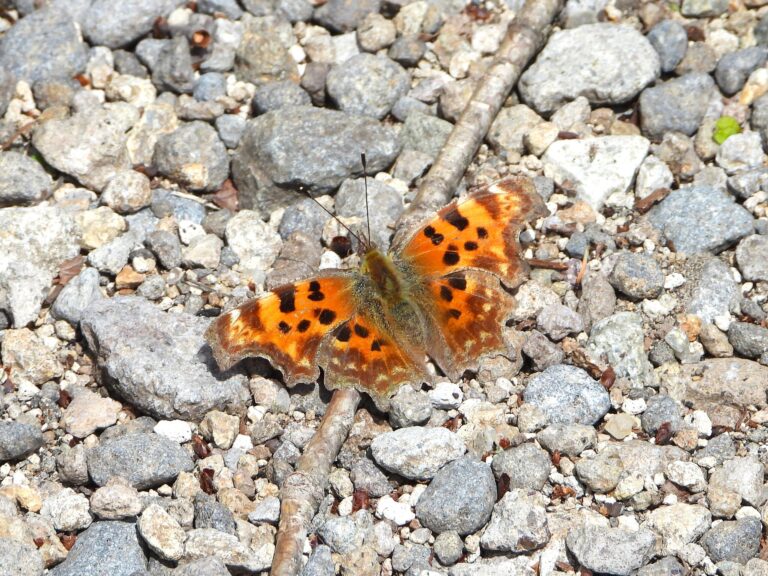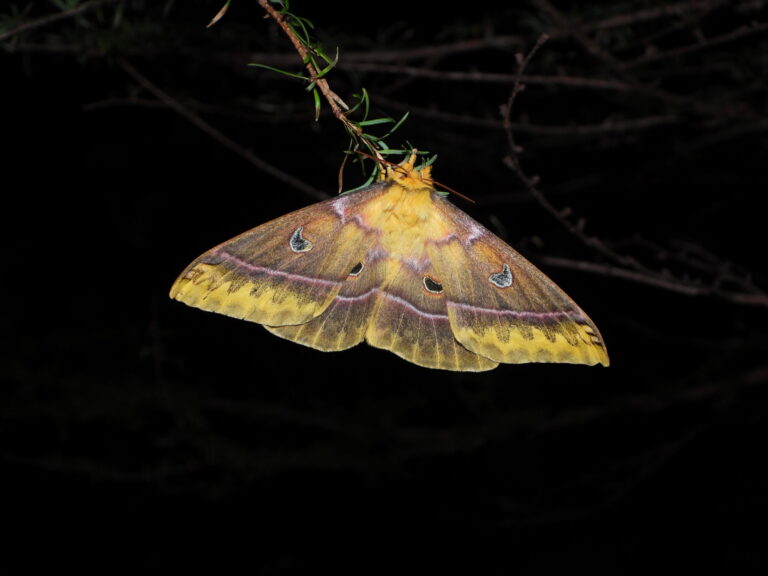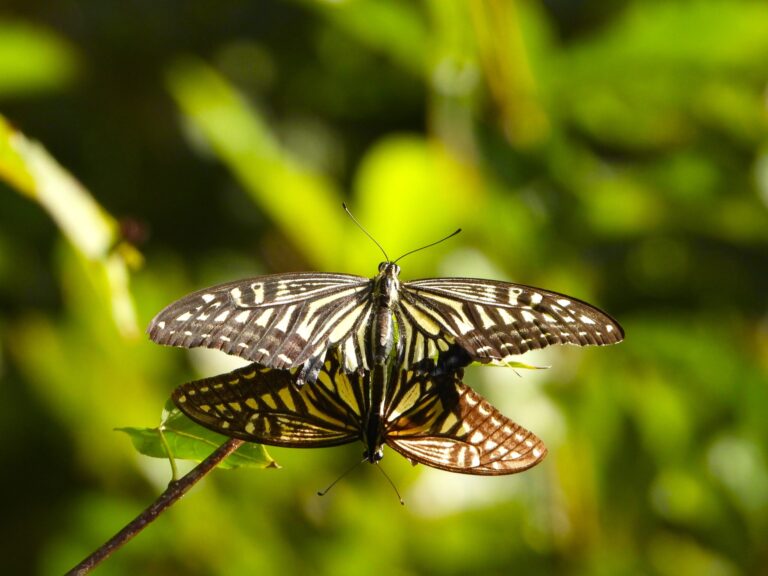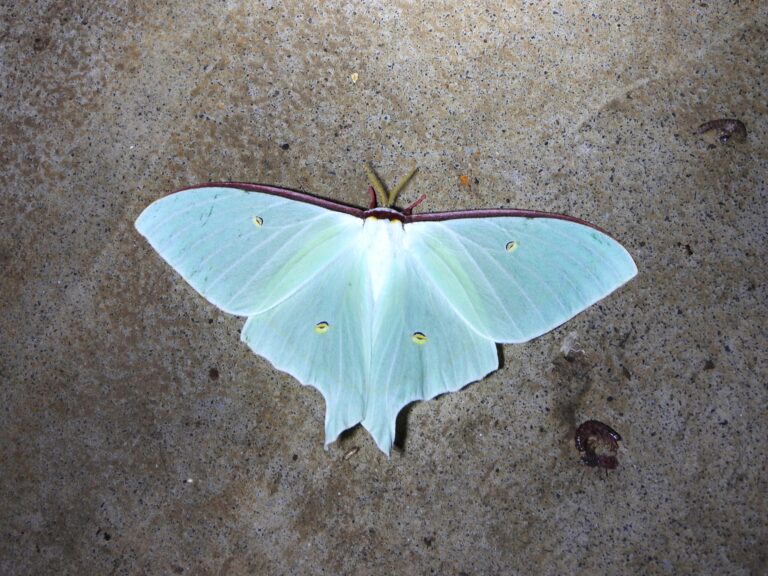Mourning Cloak (Nymphalis antiopa) – Wildlife of Japan
Introduction
The Mourning Cloak (Nymphalis antiopa), known as the Camberwell Beauty in the United Kingdom, is one of the most distinctive butterflies in the family Nymphalidae. Its deep maroon wings bordered by pale yellow edges give it a regal, almost velvety appearance. In Japan, this species is known as Kiberi Tateha and mainly inhabits cooler mountainous regions, making it a prized sight for butterfly enthusiasts.
Appearance
The Mourning Cloak is a medium-to-large butterfly with a wingspan of about 60–70 mm in Japan. The upper side of the wings shows dark reddish-brown with a wide creamy-yellow border and a row of iridescent blue spots near the edge. Meanwhile, the underside looks much darker, resembling tree bark, which helps the butterfly hide effectively when resting.
Habitat & Distribution
In Japan, Nymphalis antiopa lives mostly in Hokkaido and some high-elevation areas of northern Honshu. It prefers cool deciduous forests, forest edges, and mountain valleys. Around the world, this butterfly has one of the widest distributions of any species, ranging across Europe, northern Asia, and North America. Because of this wide range, it adapts very well to temperate climates.
Where to See in Japan
You can find this species in the mountain forests of Hokkaido or the northern Japanese Alps, especially in summer. It often rests on sunny paths, forest trails, or near rivers. Since adults hibernate during winter, they are among the first butterflies to appear in spring, often even before flowers bloom.
Behavior
The Mourning Cloak flies strongly and gracefully through forest openings. Males defend their territories and often return to the same perch after chasing away rivals. They spend the winter as adults, hiding under bark or inside hollow trees, and they reappear with the first warmth of spring. When startled, they quickly fly into the woods, so patient observation is required.
Diet
The larvae feed on willow (Salix), poplar (Populus), elm (Ulmus), and birch (Betula) species. Adults mostly drink tree sap, overripe fruit, and occasionally animal droppings. However, they are sometimes seen visiting flowers such as thistles or asters, particularly in spring and late summer.
Reproduction
Females lay clusters of eggs on the leaves of host trees. The caterpillars, black with white spots and branched spines, stay together in early stages and later separate before pupation. Typically, the Mourning Cloak produces one generation per year, and adults can live up to 10 months — unusually long for butterflies.
Conservation
The Mourning Cloak is not endangered, but in Japan it remains localized and uncommon. Ongoing habitat loss and deforestation in cool montane zones may reduce its populations. Therefore, preserving natural forests and host trees is crucial for maintaining this remarkable species.
Author’s Impression
The Mourning Cloak flies fast, which makes it difficult to observe while in motion. However, when it lands to bask in sunlight, you can truly admire its beauty. Try looking for it in warm, sunny areas along forest trails — you might find it resting quietly, wings open to catch the light.







